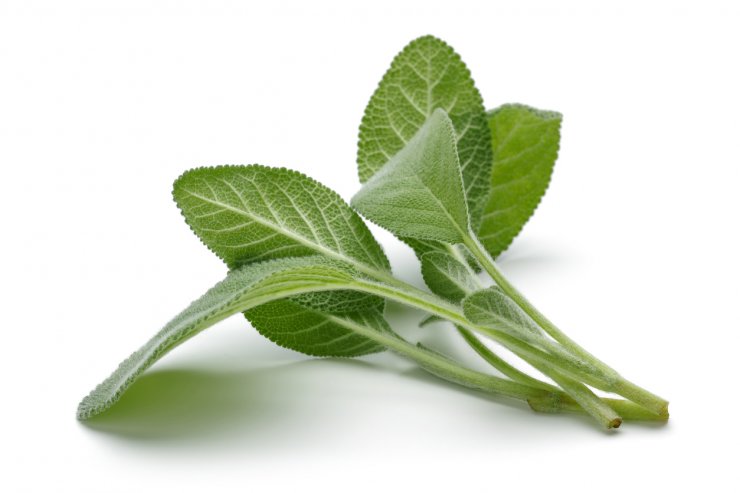
Common Sage
Common—or garden—sage is the most popular type of salvia plant around the world. It’s easy to grow and care for and its leaves—fresh or dried—can be used for cooking, as a tea, and for medicinal purposes. It’s a very hardy plant that winters over well in most moderate climates, and it’s beneficial to other plants. This variety has purple-blue flowers that attract bees and butterflies. Common garden sage plants, when well-tended, can last for several years. However, as the plant ages and the stems become woody, it usually produces fewer leaves. Some gardeners then start over with a new plant, but many find that with a hard pruning, new leaves will proliferate.
Sun Exposure
- Full sun
Soil pH
- 6.0 to 7.0
Hardiness Zones
- 4 to 10
Spacing
- Grows 1 to 3 feet in height
- Spread of 1 to 3 feet
Moisture
- Well-drained soil with occasional watering
Notes
- Also called culinary sage
- Woody stem, semi-shrub perennial
- Strongly aromatic gray-green leaves, lavender-blue flowers in late spring
- Can be used fresh or dried for cooking, seasoning, and medicinal teas
Do you grow common sage? If so, please tell us your top tips for ensuring a delicious harvest.


 Previous
Previous


Will you do a profile on tri-color sage?